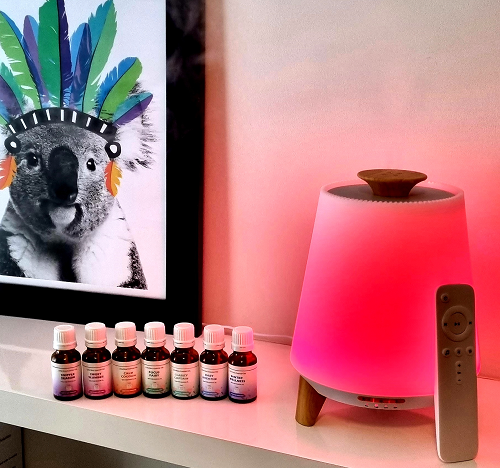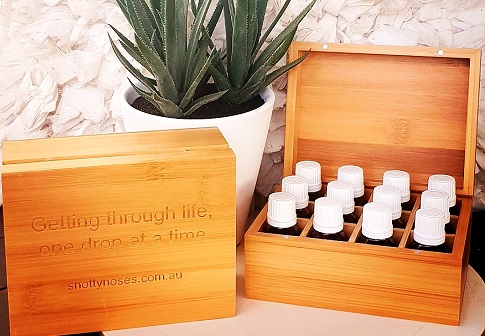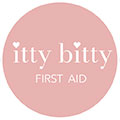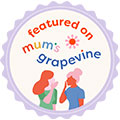9 Things Parents Need to Know about Essential Oils VS Fragrant Oils
Posted by Lisa Collier on 22nd Feb 2024
As parents, we are always looking for natural ways to promote good health and better sleep for our families.
Diffusing "oils" and adding oils to cleaning products has become popular in recent years, and there are more and more "oil" brands on the market.
But it can be confusing for parents to know which products are best. The details of the label are very important.
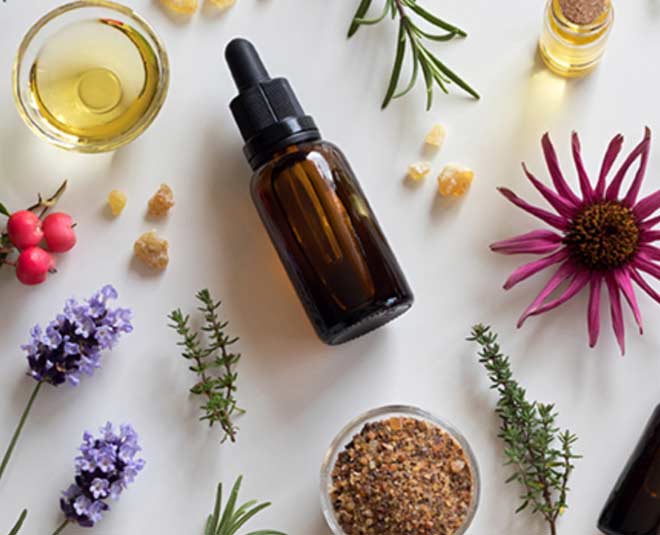
Not all "oils" are created equally, and many parents have no idea what they are buying and using with their family.
Put simply, there are 2 types of "oils" on the market: 100% pure essential oils and fragrant synthetic oil essence.
One is purely plant material, the other is a synthetic compound.
The Background
Many years ago, before I understood the benefits of using 100% pure essential oils for daily well-being, I would often see a shelf of cheap "oils" in the local dollar store. They were only $2 a bottle. What a bargain, I thought!
Why would anyone pay $20 or more for "oils". Then I learned to read the labels, and now I get it!
Cheap fragrant essence oil is totally different to 100% pure essential oils.
So here are 9 things every parent should know:
1. Comparing 100% pure, organic essential oils with cheap, fragrant oil essence is like comparing apples and oranges. Actually, more like comparing apples and petrol.
2. 100% pure, organic essential oils are the distilled, aromatic constituents of a plant. They are highly concentrated. That is the reason essential oils are more expensive. It can take 9kg of organic lavender flowers, leaves and stems to make a 10ml bottle of pure lavender essential oil. There can be improvements in health and well-being by breathing and absorbing essential oil into the body.
3. By contrast, cheap fragrant oil essence is a synthetic, chemical compound, manufactured to mirror the smell of the actual plant, but with no health benefits. They are mass produced at a very low cost, and many consumers are unaware of their synthetic composition. Fragrant essence might smell 'nice', but you don't want your family breathing or absorbing this chemical fragrance.
4. Using and diffusing pure essential oils is about more than making your home smell nice. Essential oils fill your home with a lovely natural aroma but the smell may not be as intense or long lasting as fragrant oil essence. That is because the chemical composition of fragrant oil essence is like a perfume, with artificial compounds to make the smell linger longer. A pleasant smell is one by-product of using essential oils, but the main health and wellbeing benefits can be by breathing and absorbing the oil into the body and limbic system, via the breathe and the skin.
5. 100% pure essential oils are highly concentrated so must be used with caution. Just one drop of peppermint essential oil has the medicinal equivalent of 20-40 cups of peppermint tea!
6. Diffused pure essential oils can be safe and very effective for good health with children when used correctly and in the right dose and dilution! The general recommendation is to diffuse essential oils with babies and children from 3 months of age. This is not meant to alarm parents of newborns, it's just that a newborn's skin, respiratory and limbic systems are so new, we may not be aware of any sensitivities or allergies.
Parents should check with their aromatherapist or health professional to ensure the ingredients of each oil is safe for little ones, as some essential oils are recommended for use by adults only, due to their powerful and complex composition.
7. Essential oils should be diffused with water into the air, or applied to the skin once blended with a carrier oil or lotion. Burning essential oils through an oil burner is not recommended, as the heat can pose a safety hazard for children, and the intense heat severely compromises the molecule of the essential oil, and thereby reduces its therapeutic benefit. Adults and children should not apply undiluted essential oils directly to the skin.
8. Know Your Labels: Parents should read product labels carefully. The keywords to look for are "100% pure" and "essential oil". It's time to run away if you see the words "fragrant oil" or "fragrant essence". Supermarket brand "air fresheners" and "sprays" have tricky labels that say "infused with essential oils". That doesn't mean they are 100% pure essential oils, and it's more likely that essentials oils make up 15% of less of the ingredients.
9. It's important to note that 100% pure essential oils can be organic or non-organic. Organic means that the plant has been grown and harvested in certified organic ways, and in order to qualify for organic status, the organic certification number must be displayed on the bottle. Organic essential oils can be more expensive. Non-organic essential oils still have benefits for health and well-being, and are a safe, affordable alternative for families.
Around The Home Uses
1. Essential oils are commonly mixed with water in a diffuser/vaporiser/humidifier like Hush Ultrasonic
2. Cleaning products, like surface sprays and floor cleaners, can get an extra boost of organic goodness by adding 5 drops of essential oil (per 200ml bottle), to purify door handles, benches, floors, mobile phones, keyboards, plastic toys, furniture and light switches.
3. Add a few drops of essential oil to the mop bucket.
4. Add a few drops of essential oil to the inner cardboard tube of toilet paper.
5. Add a few drops to liquid soap and sanitizer.
6. Add a few drops to the washing machine, or a load in the dryer, to purify and freshen clothes and towels
Essential Oils Value Packs
Are you looking to introduce 100% pure essential oils to your family, to support good health and good sleep?
Perhaps you already have a diffuser, and are looking to add more high quality essential oils to your collection.
We are excited to help you discover safe and helpful products for daily well-being
Lisa and the team, Brisbane xx
Disclaimer: We are not doctors or healthcare professionals or aromatherapists. Our products are offered for sale with general use guidelines provided by the manufacturer. Should any sensitivity to our products occur, please discontinue use. Our products are not intended to diagnose, treat, and/or take the place of medical treatment prescribed by a doctor or medical professional.


